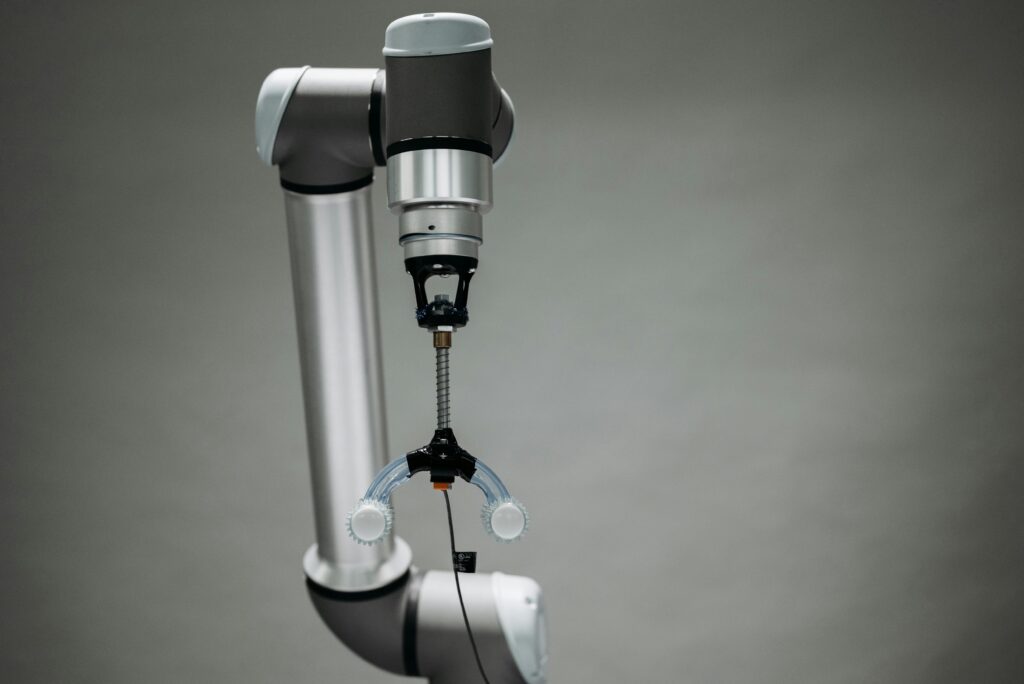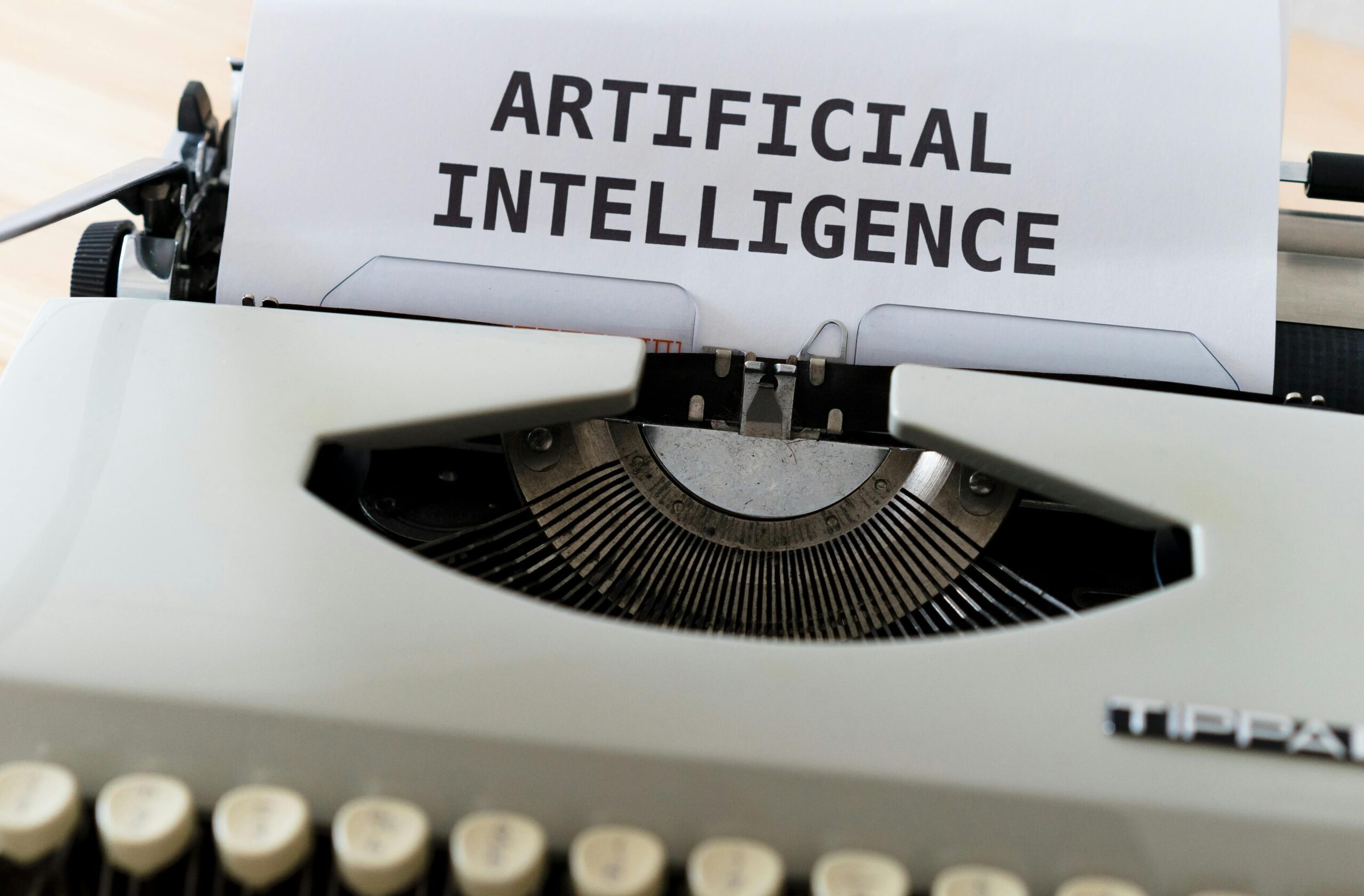How AI Agents are Changing the Way we Learn ( Everything Explained): The rapid emergence of Artificial Intelligence (AI) has sparked sweeping changes across industries, redefining how we work and learn, in the Asia Pacific (APAC) region_ home to some of the world’s most dynamic economies. From upskilling employees with smart learning performs to transforming business operations with machine intelligence, AI has proven its value. But as we learn more into this AI driven future, it’s crucial to understand where it shines and where it still stumbles.
What AI gets Right: Supercharging Work and Learning
1. Personalization at Scale
AI thrives in making sense of large datasets which is particularly useful in learning and development. Intelligent platforms can now deliver personalized learning journeys for employees based on their role, past training learning preferences and career aspirations. For instance, adaptive learning systems like Coursera learning use AI to recommended relevant courses and adjust content in real time based on user engagement and feedback. In this way we learn how AI agents are changing the way we learn.
This personalization is transforming enterprise learning into a more efficient employee_ centric process. In large corporations across APAC, such systems are helping to reskill vast workforces more effectively than traditional one size fits all training.
2. Automation and Mundane Tasks
One of AI’s most celebrated benefits is automating repetitive low value tasks. In sectors like finance, manufacturing and logistics, AI powered bots handle data entry, invoice processing and compliance checks, freeing employees for more strategic activities.
In the context of work, this automation helps organizations redirect human effort toward creatively decision making and emotional intelligence_ area where people still outperform machines. The result is a more empowered, motivated and productive workforce.
3. Real Time Insights and Decisions
AI driven and analytics tools offer real time insights that can influence decisions making across departments. Whether predicting market shifts identifying operational bottlenecks, or analyzing employee sentiment, AI enable faster and more informed business decisions.
In HR, for example, predictive analytics is being used to assess attrition risks and improve talent retention strategies. In learning environment, AI tools can identify where learners are struggling and provide targeted support_ long before a human instructor might notice.

Where AI Falls Short: The Human Element
1. Context Blindness
While AI is excellent in pattern recognition, it often struggling with context. In work and learning environments, context is king. Cultural nuance, emotional tone, and human intent can significantly alter how a message should be interpreted or a task executed.
For example, an AI chatbot in a corporate training module may answer queries factually but miss the learner’s frustration or confusion. In APAC’s culturally diverse landscape, misreading these cues can lead to disengagement or even conflict.
2. Bias in Algorithms
If historical data reflects discriminatory practices, the AI can inadvertently perpetuate those biases in hiring.
Performance reviews, or employee assessments, this could have serious ethical and legal consequences.
Companies in APAC must trade carefully, ensuring their AI tools and built with fairness and inclusively in mind. Bias audits, diverse training data, and human oversights are essential steps toward building trustworthy AI systems.
3. Overreliance and Skill Degradation
In critical industries like healthcare, finance or cybersecurity, this overdependence could be dangerous. Workers may lose the ability to make sound decisions when AI systems fail or go offline.
In learning environments, this could translate into a passive learning culture, where learners depend on AI to guide every step rather than developing critical thinking and problem solving abilities.
Striking the Right Balance
The key to successfully integrating AI into work and learning lies in augmentation, not replacement. Leaders in the APAC region must view AI as a co_ pilot an enabler that empowers to do their best work, not a crutch that eliminates human agency.
Services in India are leading by example, using AI to support internal talent mobility, employee engagement, and continuous learning_ all while preserving the human touch.
- Invest in digital literacy and AI education: Equip employees with the skills to understand, questions, and collaborate with AI tools.
- Emphasize ethics and governance: Develop AI policies that prioritize transparency, privacy, and fairness.
- Foster a culture of adaptability: Encourage experimentations embrace change and continuously iterate on AI strategies.
Conclusions: Reimagining the Future of Human_ AI Collaboration
AI is not a silver bullet, but it is a powerful tools that when we used thoughtfully can elevate both work and learning in unprecedented ways. As APAC continues its digital transformation, the organization that will thrive are those that blend machine intelligence with human creativity and ethics.
In the end it’s not just about AI can do, but how we choose to use it. Rewiring work and learning is not about replacing humans_ it’s about redefining what we can achieve together.
(The articles you may like)

